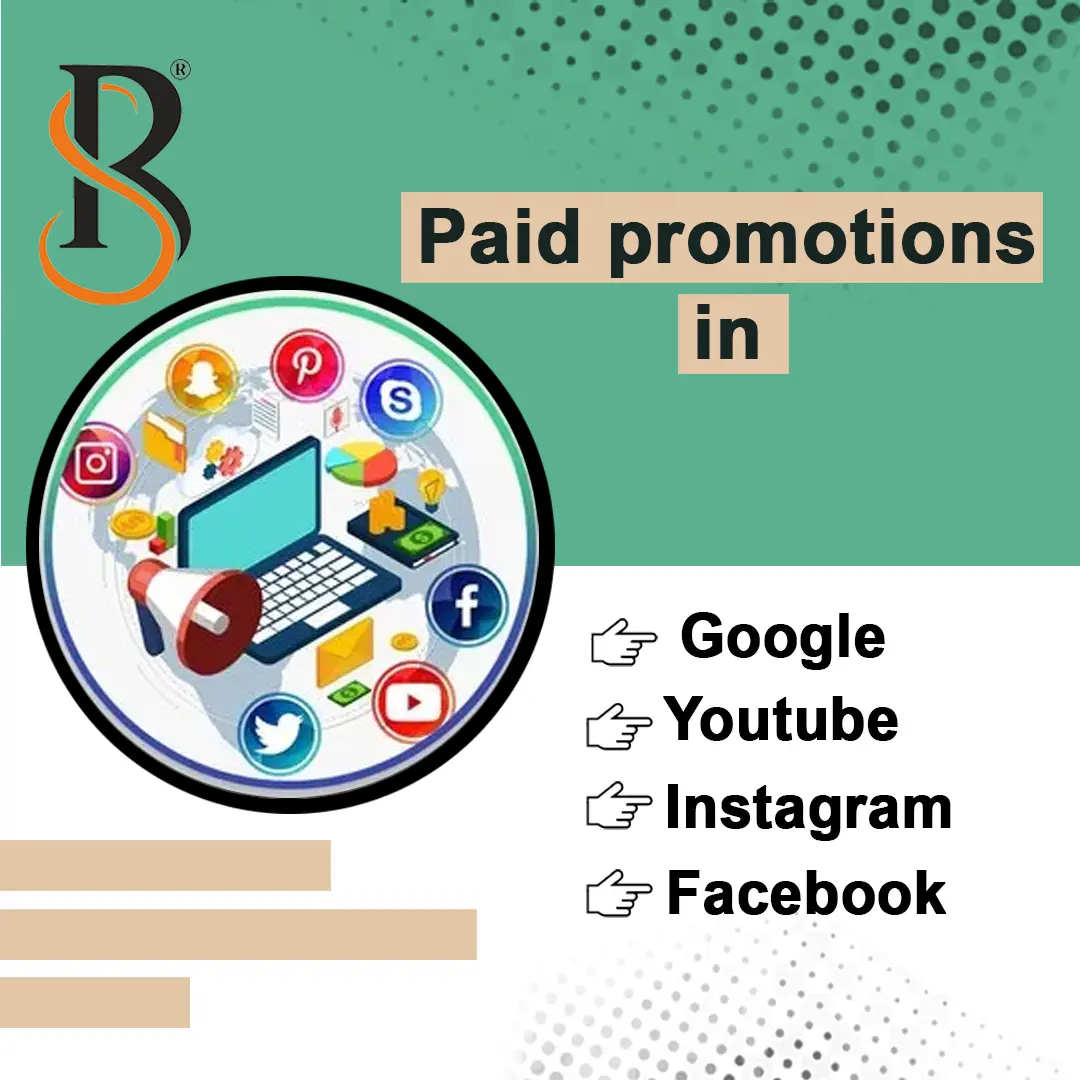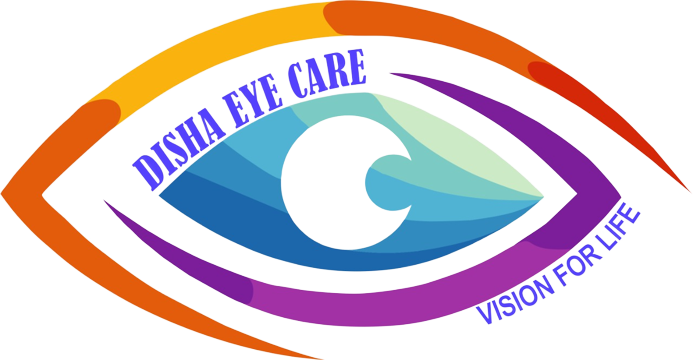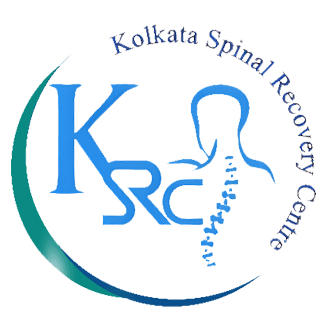-
Call Us
(+91) 8274830152 / 7003309520
-
Email Us
info@roysquare.com
Call Us
(+91) 8274830152 / 7003309520
Email Us
info@roysquare.com

Digital marketing is the practice of promoting products or services using digital channels, such as search engines, social media, email, and websites. It encompasses a wide range of tactics and techniques designed to reach and engage with a target audience online.
Some common digital marketing channels and tactics include:
|
i
|
Search engine optimization (SEO)
|

|
ii
|
Pay-per-click (PPC) advertising: Pay-per-click (PPC) advertising is a type of online advertising where advertisers pay each time a user clicks on one of their ads. PPC advertising is a popular digital marketing strategy because it allows advertisers to target their audience with precision and only pay for actual clicks, rather than impressions. This involves paying for advertising space on search engines or social media platforms, with the cost of the advertising based on the number of clicks it receives. |
|
iii
|
Social media marketing
|

|
iv
|
Email marketing: Email marketing is a digital marketing strategy that involves sending emails to a targeted list of subscribers in order to promote your brand, products, or services, building relationships with customers, and driving sales. It is a powerful way to connect with your audience, build brand loyalty, and drive sales. |
|
v
|
Content marketing
|

|
vi
|
Influencer marketing: Influencer marketing is a digital marketing strategy that involves partnering with influential people (influencers) on social media platforms to promote your brand, products, or services to their followers. Influencers have a large and engaged following on social media, which can help you reach a wider audience and build brand awareness. |
|
vii
|
Affiliate marketing: Affiliate marketing is a digital marketing strategy in which a company partners with affiliates to promote their products or services in exchange for a commission on sales generated by the affiliate's promotional efforts. Affiliates are typically individuals or companies that have a website, blog, or social media presence and are looking to monetize their online content. |
|
viii
|
Video Shooting & Editing for Short Films Preparation: When it comes to video shooting and editing for short films, there are several things to consider to ensure that your film is engaging and visually appealing for digital marketing.
Here are some points which we have maintained for our short film production and marketing: |

|
a
|
Develop a story: Before start the shooting, it's important to have a well-developed story that will engage our audience. Our story should have a clear beginning, middle, and end. |
|
b
|
Choose the right equipment: For shooting, we have chosen a camera that is suitable for the type of film we are making. For example, we have a camera with good stabilization features. Also, we have additional equipment such as microphones, tripods, and lighting to ensure that our footage looks professional. |
|
c
|
Pay attention to sound: Good sound is crucial for any video, so we make sure to record high-quality audio. We used an external microphone if possible, and try to minimize any background noise that may detract from our film. |
|
d
|
Edit the footage: Once we have our footage, it's time to edit it. We used editing software such as Premiere Pro or Filmora Pro to create a polished and cohesive final product. We pay attention to pacing, color grading, and sound design to enhance your film. |
|
e
|
Consider digital marketing: When it comes to marketing our short film, we think about the platforms which we used. We posted our film on YouTube or Vimeo, and promote it on social media platforms such as Facebook and Instagram. We also use hashtags to make it easier for people to find your film. |
|
f
|
Engage with audience: Once our film is live, engaged with our audience by responding to comments and sharing behind-the-scenes content. This will help to build a community around your film and increase engagement. |
By following these tips, we can create a short film that is visually appealing and engaging for digital marketing.
|
ix
|
Paid promotions in Google, Facebook, Instagram & Youtube: Paid promotions in Google, Facebook, Instagram, and YouTube are a form of digital advertising that allows businesses to promote their products or services to a targeted audience. These platforms offer a variety of ad formats and targeting options to help businesses reach their desired audience and achieve their advertising goals.
Here are some steps for developing an effective paid promotion strategy: |

|
a
|
Define your target audience: Define your target audience and understand their interests and behaviors. Use audience insights and targeting options to reach your desired audience on each platform. |
|
b
|
Set your advertising goals: Set your advertising goals, such as increasing brand awareness, generating leads, or driving sales. This will help you choose the right ad format and targeting options for your campaign. |
|
c
|
Choose your ad format: Choose the right ad format for your campaign, such as search ads, display ads, video ads, or social media ads. Use engaging ad copy and visuals to capture your audience's attention. |
|
d
|
Set your budget and bid strategy: Set your budget and bid strategy based on your advertising goals and the competition in your industry. Use bidding strategies, such as cost-per-click (CPC) or cost-per-impression (CPM), to optimize your ad spend. |
|
e
|
Track and measure your results: Track and measure your campaign results using analytics tools. Analyze your ad performance data to identify areas for optimization and adjust your strategy as needed. |
|
f
|
Optimize your campaign: Optimize your campaign by adjusting your targeting options, ad format, and bid strategy based on your performance data. Use A/B testing to experiment with different ad variations and identify the most effective ad creative. |
By following these steps, you can develop an effective paid promotion strategy that helps you reach your target audience and achieve your advertising goals on Google, Facebook, Instagram, and YouTube. Remember to focus on creating engaging ad content, optimizing your targeting options, and tracking your results to continuously improve your campaign performance.






